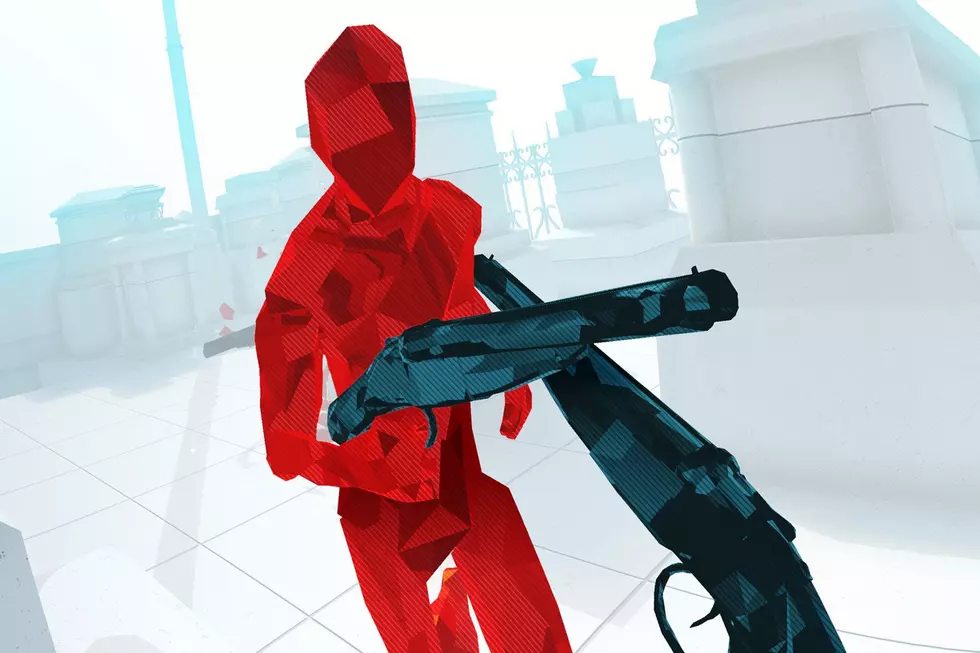
Assassin’s Creed: Rogue Review (Xbox 360)
Assassin's Creed: Rogue has no idea which Assassin's Creed game it actually wants to be. Is it last year's Black Flag with small cities separated by a vast ocean, interrupted briefly by present-day section in Abstergo Entertainment's Montreal HQ? Yes it is. Is it Assassin's Creed III from two years ago with giant urban areas separated into smaller sections, all surrounded by a vast and unpredictable frontier? Yup, it's got that too. Rogue feels like Ubisoft simply cut and paste areas from both games, added a brand new character that ironically has no direct relation to the Kenways, and wrote a story around it... yet somehow, the game turned out alright.
Let's get this out of the way first: there isn't a single revolutionary thing in Assassin's Creed: Rogue. Nothing done throughout the game hasn't been done before in some fashion. I engaged in massive naval battles against formidable warships, firing mortars and cannonballs and more. I stalked my prey through crowds of people, waiting for the opportune moment to strike. I even collected some otherwise unimportant items like Animus fragments and random treasure chests. Those looking for new mechanics that turn the Assassin's Creed experience upside down will be disappointed.
Alright, maybe I'm being a bit unfair here, not everything within Rogue is a rehash. Stalkers are an interesting addition to the enemy ranks, turning everything I've taken for granted as an Assassin against me. Whispers will start to sound when a Stalker is nearby, and I have to quickly switch on my Eagle Vision and see where the Stalker is coming from. If I don't find the enemy before he or she finds me, I'll suddenly find myself severely injured after the foe pounces from the shadows and attacks. The cat-and-mouse game created by the presence of Stalkers requires a different approach to enemies in Rogue than other games, and it's a change I hope continues in future installments of the series.
The biggest shakeup to the main formula comes oddly enough through narrative, as the similarities in story elements are merely on the surface. Fighting on the side of the Templars offers a new perspective into the ongoing conflict, making us understand and sometimes even sympathize with the group we've been fighting since 2007.
Fueled by multiple desires that seem to conflict with one another even after he makes a kill, Shay himself is the most interesting protagonist since Ezio Auditore. Neither creed he's sworn himself to makes much sense when he's plunging his hidden blade into a former ally, especially when that ally immediately expresses regret for how things turned out.
The blurring of the line between Templar and Assassin puts Shay in a precarious position, as now there's multiple groups of hostile characters to watch out for. Red blips on the mini-map represent British forces as always, and the new orange blips represent criminals aligned with the Assassins. I assumed that depending on where I was in the story one group would lose its hostility, but strangely enough that's not the case.
Weird situations stem from this design choice, like the group of British soldiers who attacked me for getting too close after I had just helped them capture a French settlement in the North Atlantic. How can a group fight with me in one scene then attack me not ten seconds later? Nothing about that make sense.
Even more interesting than Shay is the present-day happenings, which revolve around a virus attacking the servers at Abstergo Entertainment. The player character, known only as "Numbskull" by his overbearing boss, must repeatedly turn on servers in order to restore the building's network. There are computers to re-format and stray tablets to be found, each one adding a drop of lore to the game's events. Story hounds like myself will soon learn that both sets of these present day extras must be collected to help complete the whole picture.
The tablets center around ideas for possible titles in the Abstergo Entertainment library featuring both recognizable and previously unheard names. Virtually every Assassin's Creed game is referenced, including Unity and the forthcoming Assassin's Creed Chronicles: China. The computers offer background into the player's main superior, including his past service to the Templars and his inspirations for being loyal to the cause. While tablets can just be picked up, computers must be unlocked via a mini-game involving rings and light beams. They can be tough, but the ring challenges are surprisingly a lot of fun.
Buried within one of the hidden tablets is an email addressing Edward Kenway with this interesting quote: "I don't want to give the impression that the studio is just reusing the same genetic memories over and over, so while I want to recycle assets to save money, the experience has to be totally fresh." I'm wondering if this quote was taken directly from a Ubisoft internal email, because that's exactly what's going on in Rogue. The towns and cities look familiar, the combat and mechanics feel familiar, and the story puts a different perspective on the same old story, yet the entire game feels fresh and fun. Plus, it sets the table for Assassin's Creed Unity pretty well, so perhaps this may even be the game to play first. While it may not be the most revolutionary Assassin's Creed ever, fans of the series will enjoy going Rogue for the first time.
This review was completed with a purchased copy of Assassin's Creed: Rogue for the Xbox 360.
More From Arcade Sushi


![Far Cry 5’s Journey to Big Sky Country Feels Justified [Preview]](http://townsquare.media/site/550/files/2017/06/farcry5.jpg?w=980&q=75)
![Mario Gets Tactical in Mario + Rabbids Kingdom Battle [Preview]](http://townsquare.media/site/550/files/2017/06/rabbids.jpg?w=980&q=75)





